Latest

Higgs boson may be driving the Universe’s expansion
Scientists assume that inflation was driven by hypothetical inflaton particles, which scientists think could be the Higgs boson.

Scientists discover a new class of antibiotics
A bacterium found in a backyard could offer new hope in the fight against antibiotic resistance.

New material emitting spinning light could revolutionize optics and computing
“We’ve essentially reworked the standard recipe for making organic light emitting diodes, like those found in smartphones.”
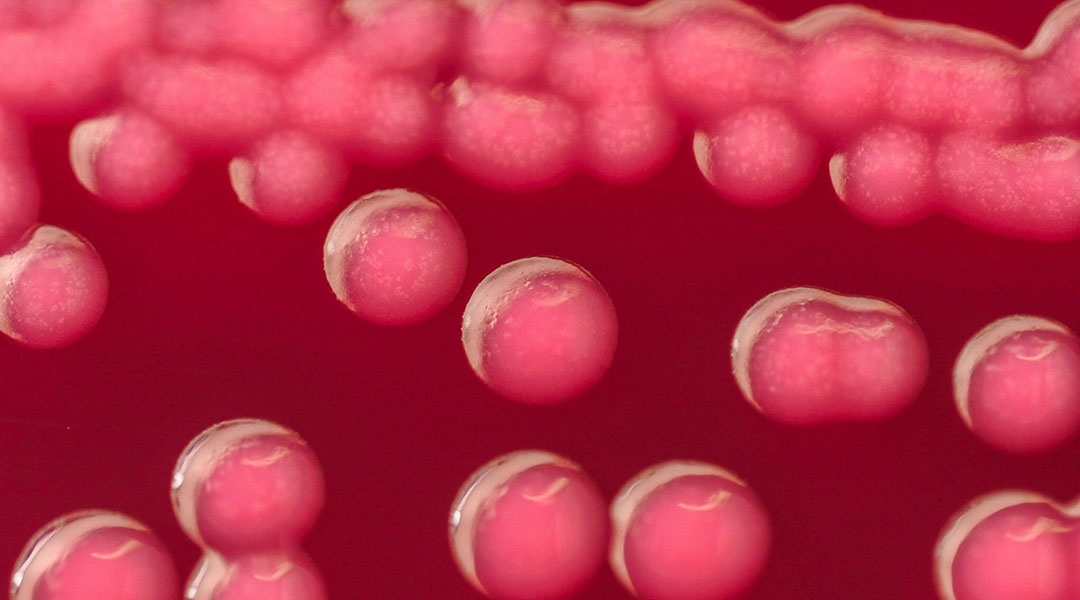
Common bacteria could be used to produce biodegradable bioplastics
Engineered Escherichia coli bacteria could be used to make sustainable biobased plastics.
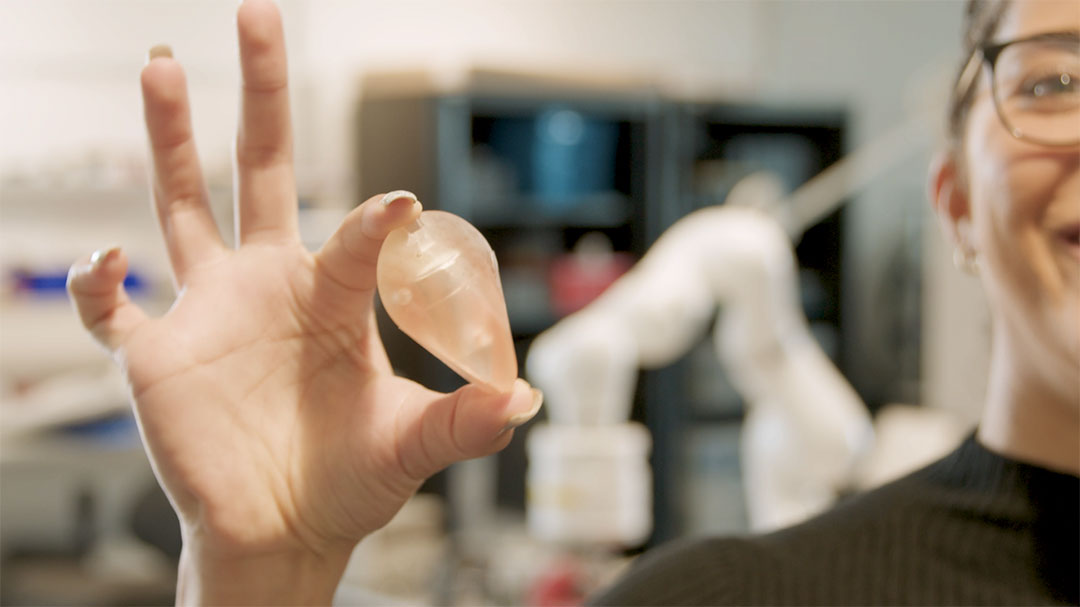
Tiny robots take 3D scans from inside the gut to diagnose cancer
A robot with a unique shape could make it possible to perform ultrasound scans deep within the gut, helping doctors diagnose colorectal cancer.
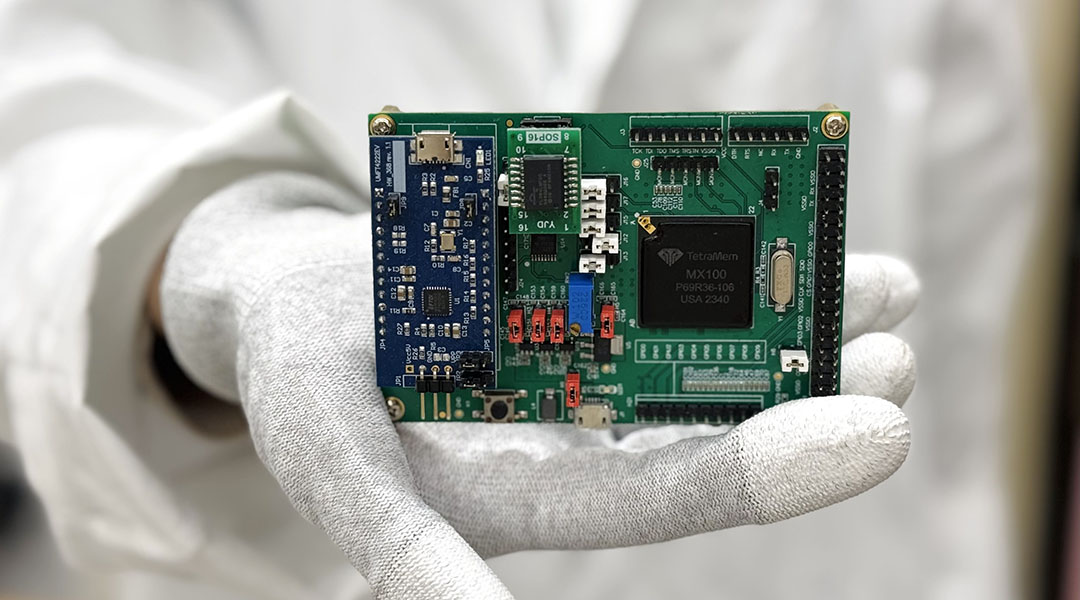
Heart attack and liver cancer early warning system powered by AI and nanotech
The system detects biomarkers for life-threatening diseases, such as heart attacks and cancer, enabling timely medical intervention.
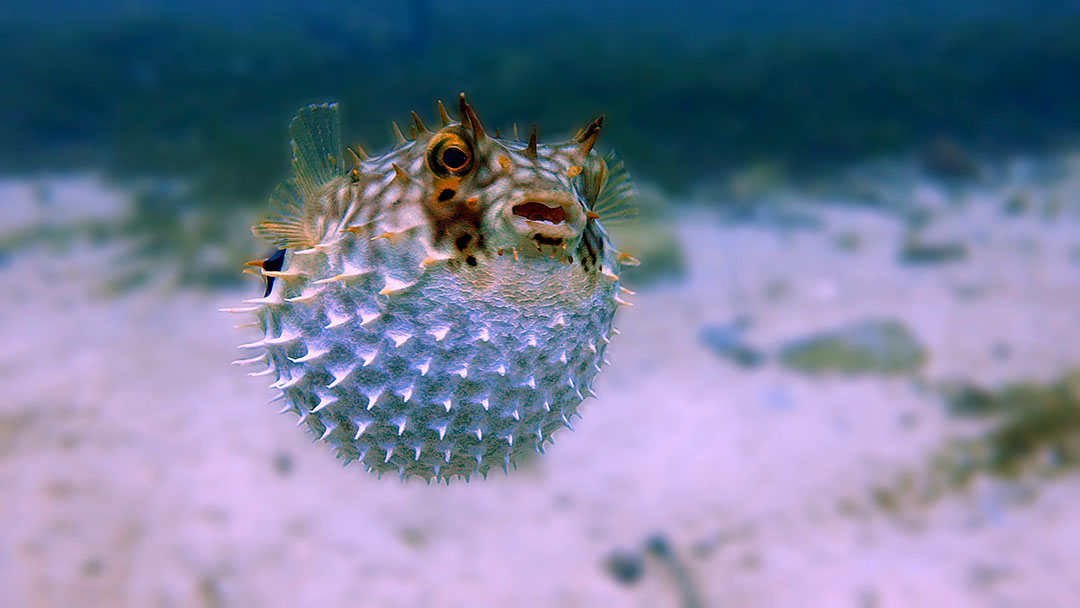
A marker pen loaded with pufferfish toxin could help treat chronic pain
Scientists have developed a marker pen to deliver tetrodotoxin, a powerful neurotoxin found in pufferfish, to treat severe skin pain.
ASN Weekly
Sign up for our weekly newsletter and receive the latest science news directly to your inbox.

Constantly touching our faces linked to memory and facial hair density
People all over the world touch their faces up to 800 times per day—researchers wanted to know why.
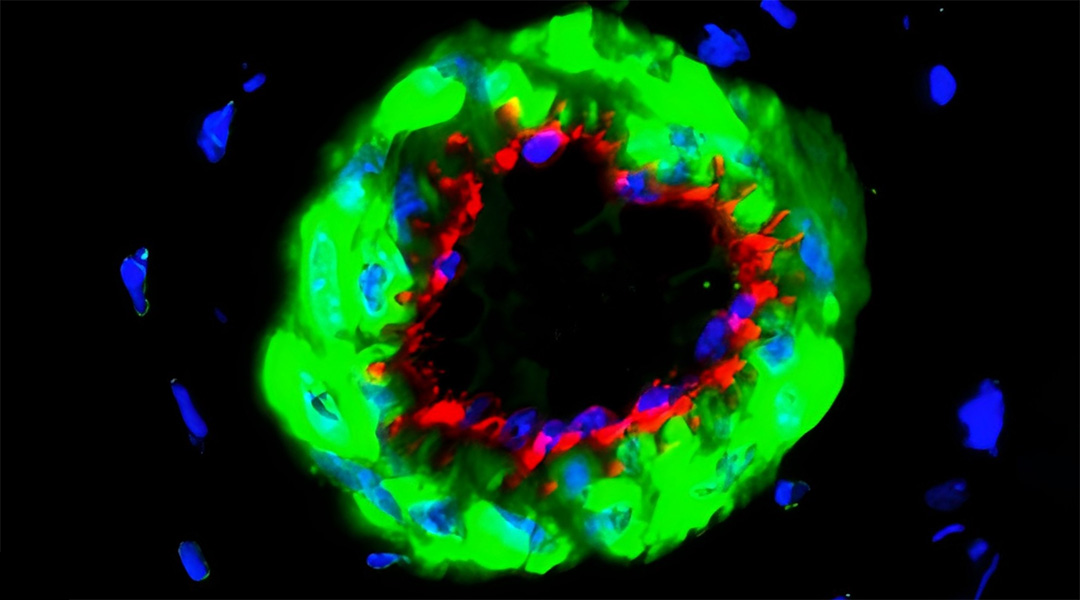
Tiny vesicles could help prevent amputations in diabetic patients
This safer, non-surgical treatment for diabetic limb ischemia could help patients with severe blood flow complications.
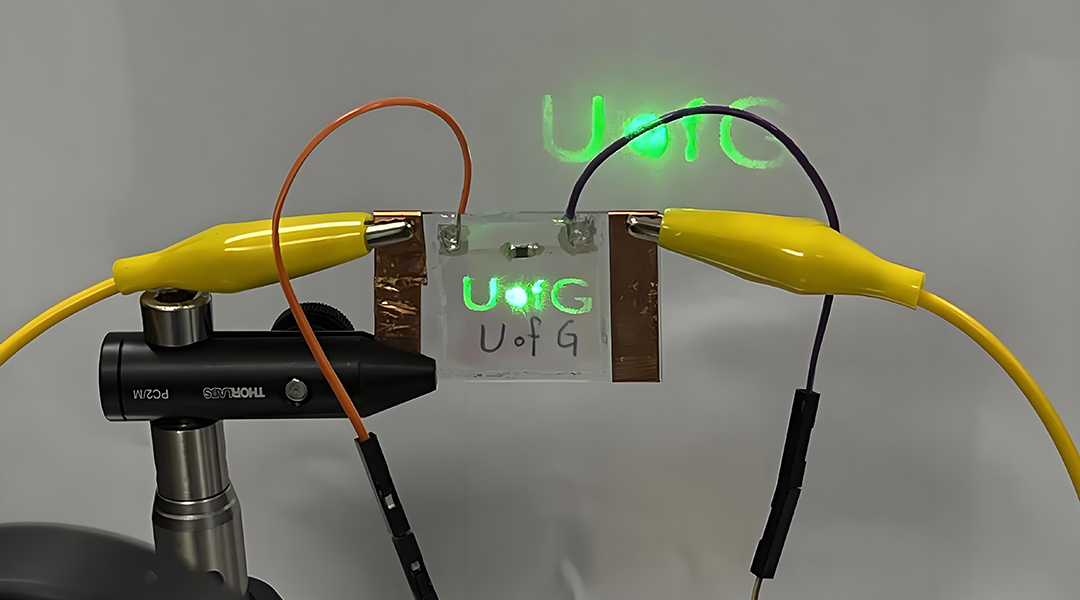
Liquid crystals bring a smoother switch between augmented and virtual reality
Temperature-sensitive materials seamlessly switch between VR and AR in headsets, paving the way for better extended reality experiences.
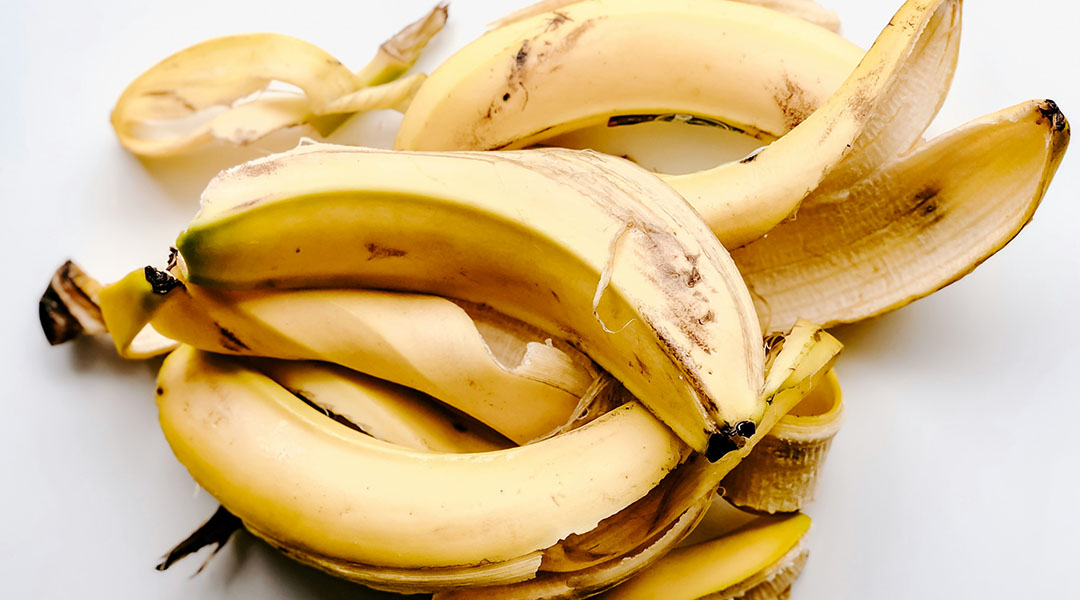
Turning banana peels and coconuts into clean energy
Researchers develop a device that generates clean energy from food waste, using banana peels and coconuts to power communities sustainably.
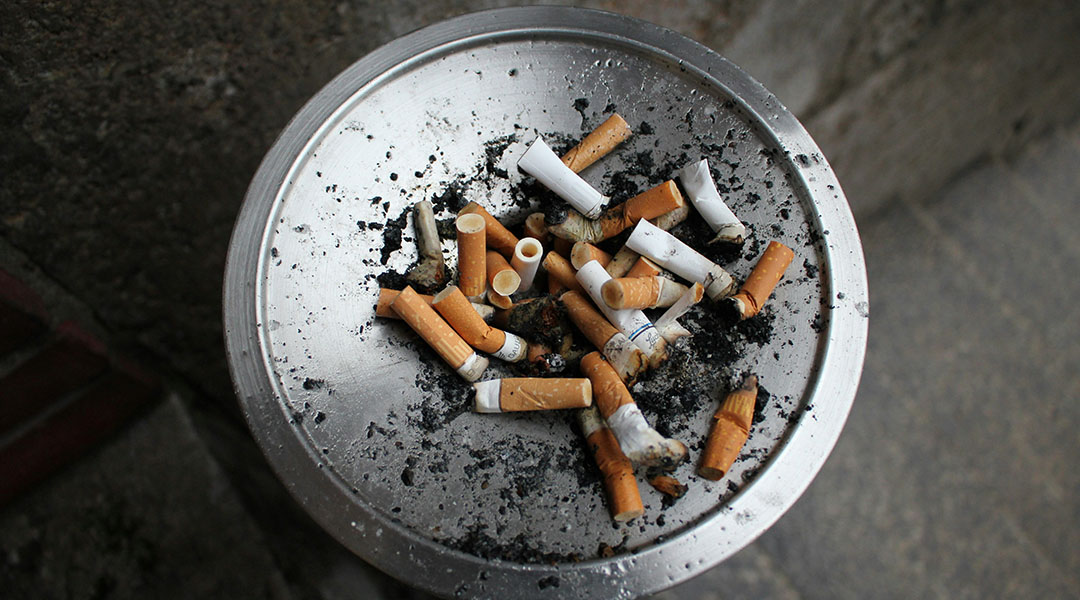
Parkinson’s drug helps alleviate nicotine withdrawal symptoms
Researchers discover that a Parkinson’s drug, procyclidine, can reduce physical nicotine withdrawal symptoms, such as tremors and immobility.

The surprising link between saliva and stress during pregnancy
Scientists find unique combinations of oral microbes can help identify states of stress in pregnant individuals.
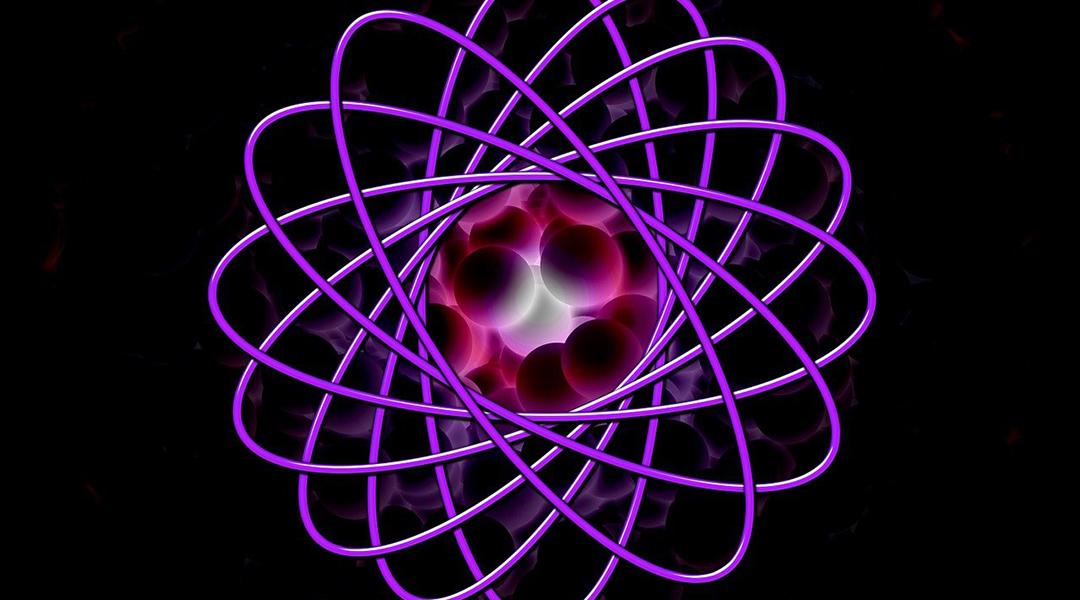
Scientists take a closer look at rare particles called hypernuclei
Scientists use cutting-edge techniques to study rare atomic systems called hypernuclei shedding light on subatomic forces and neutron stars.
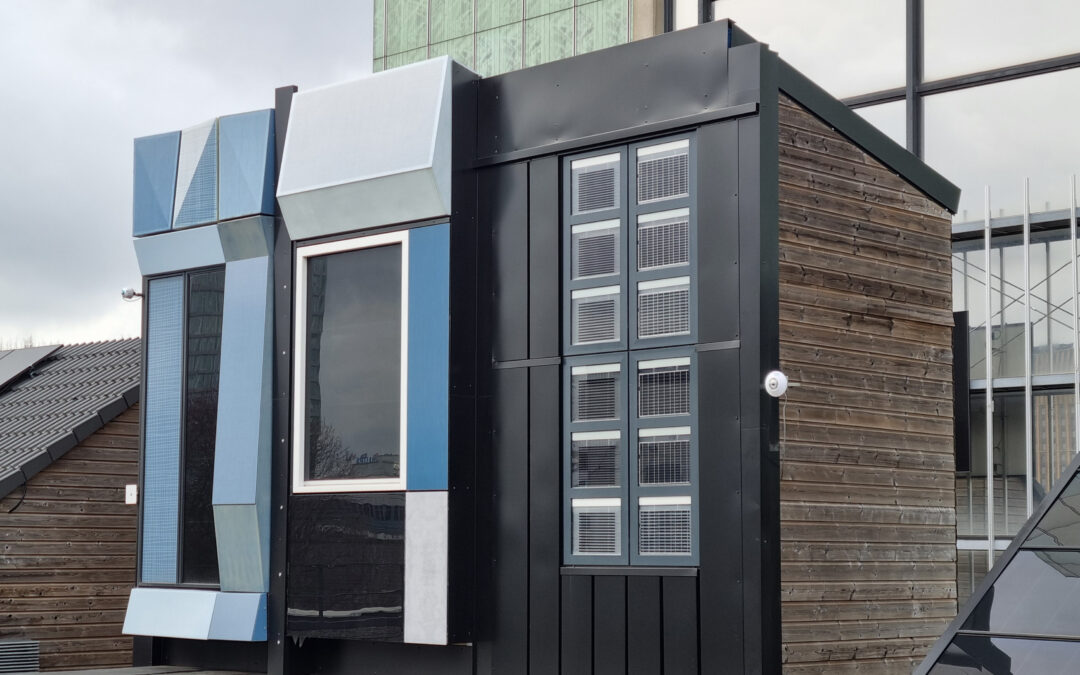
Solar windows with reflective blinds give buildings an energy boost
The innovative windows generate energy while shading building interiors from the sun, improving indoor comfort and energy efficiency.
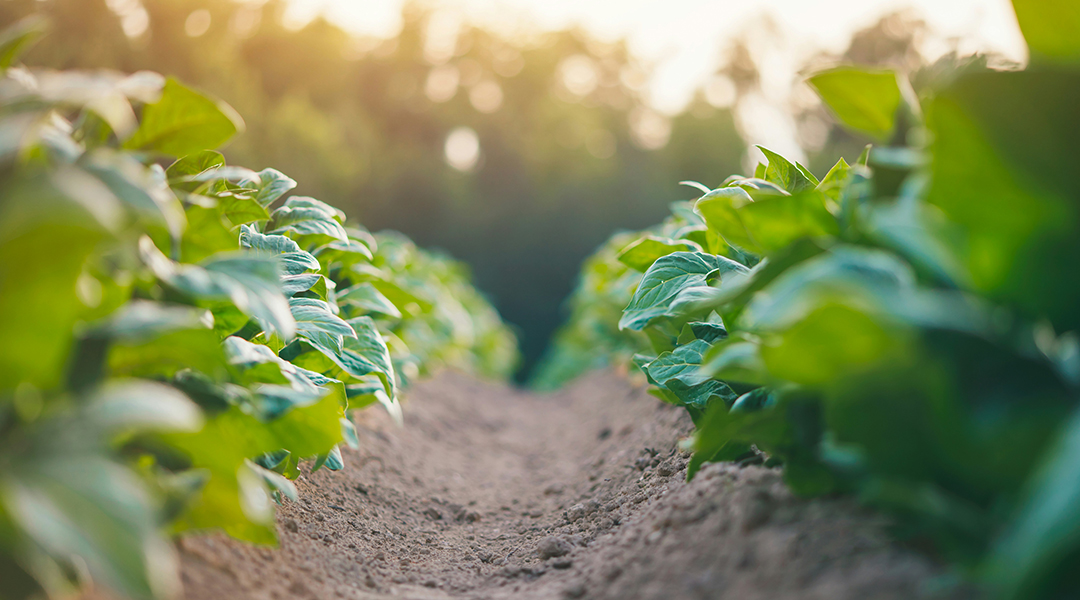
How underground fungi could make crops more nutritious—and attract bees
Scientists uncover the role of soil fungi in improving crop yields and balancing complex plant-pollinator interactions.

Gautam Dey: From open-ended searches emerge our most transformative discoveries
Biologist Gautam Dey is deciphering the evolution of the cell nucleus to answer fundamental questions in biology.
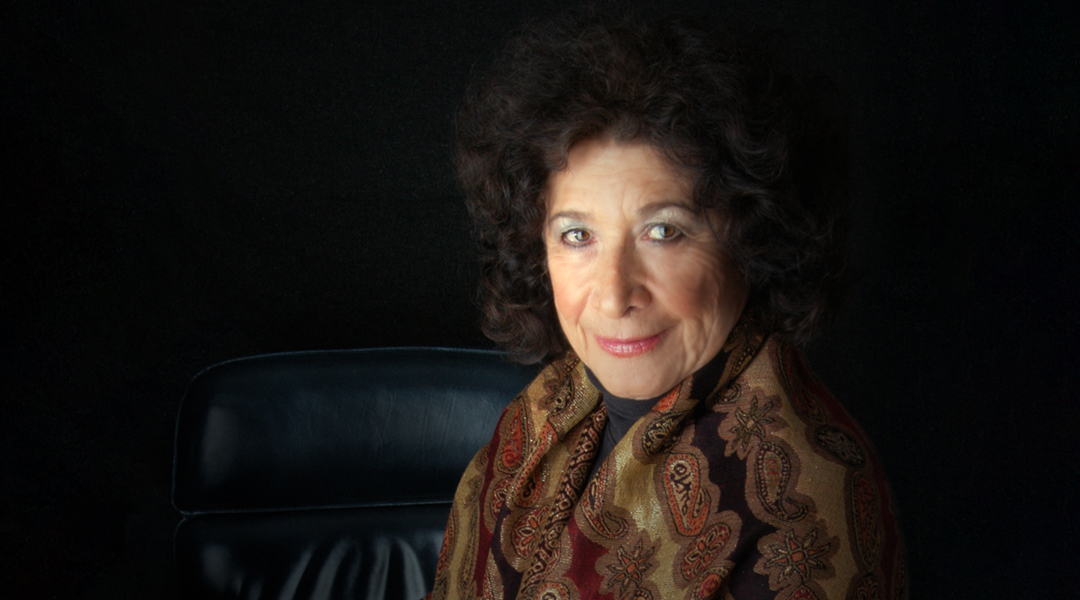
Zafra Lerman: Scientific exchange can promote peace
Chemist, teacher, humanitarian, and peace activist, Zafra Lerman uses science to break down barriers and foster peace.
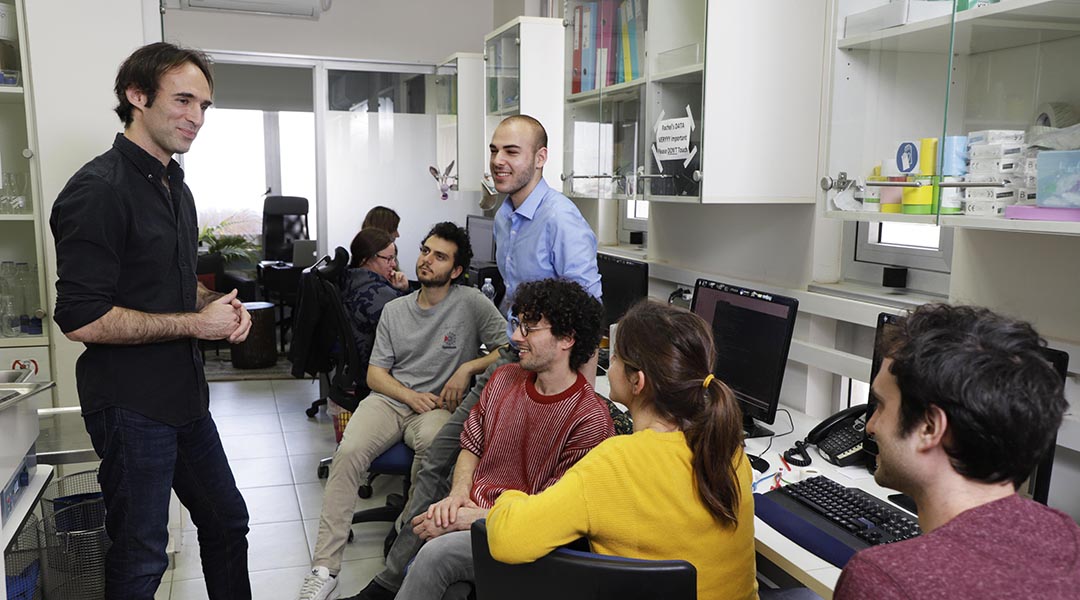
Oded Rechavi: “Do anything in your own style, the way you want to do it”
Neurobiologist Oded Rechavi investigates epigenetics, a curative use for brain parasites, and helped piece together the Dead Sea Scrolls using DNA.
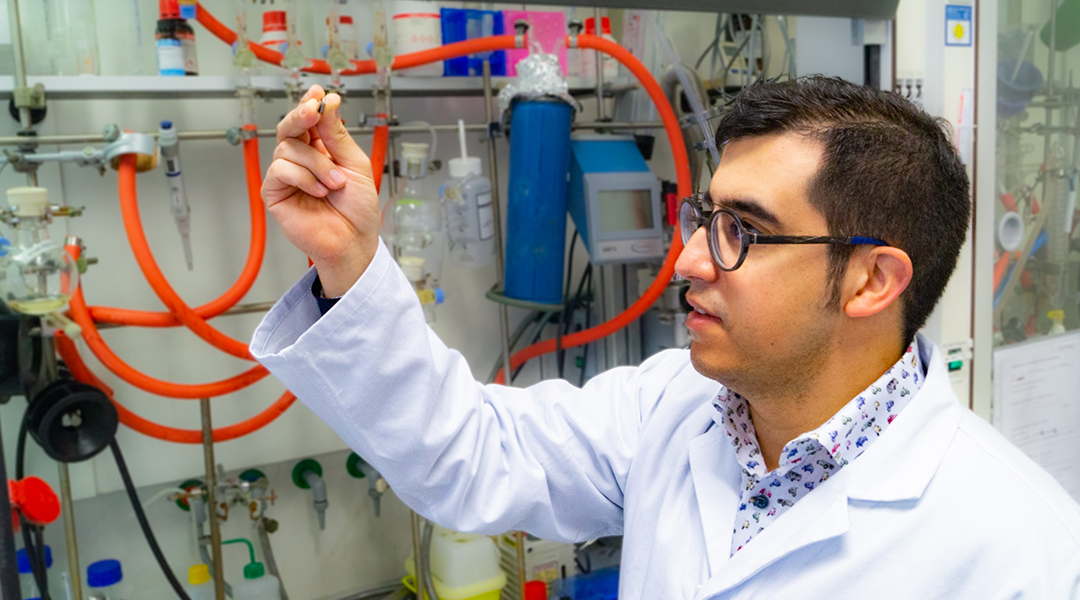
César Rodriguez-Emmenegger: “Be passionate, creative, and bold”
Through innovative, interdisciplinary work, chemist César Rodriguez-Emmenegger is seeking a way to communicate with biological systems.
No Results Found
The page you requested could not be found. Try refining your search, or use the navigation above to locate the post.

Speaking multiple languages may benefit children with autism
Study finds that speaking multiple languages may improve executive functioning and reduce autism symptoms in children.

Mouse study reveals multi-generational benefits of exercising during pregnancy
Maternal exercise during pregnancy enables multiple generations of mice to inherit enhanced fitness, with vitamin C playing a key role.
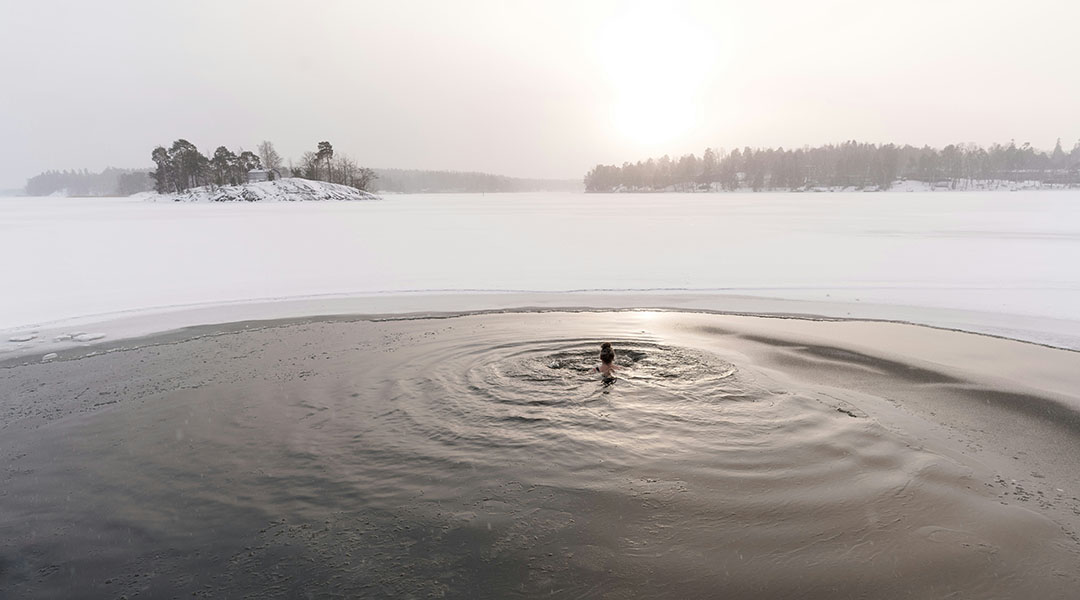
Cold shock from ice baths leads to stronger cells
New study reveals how repeated cold-water exposure enhances the cellular defenses, promoting adaptation to extreme temperatures.
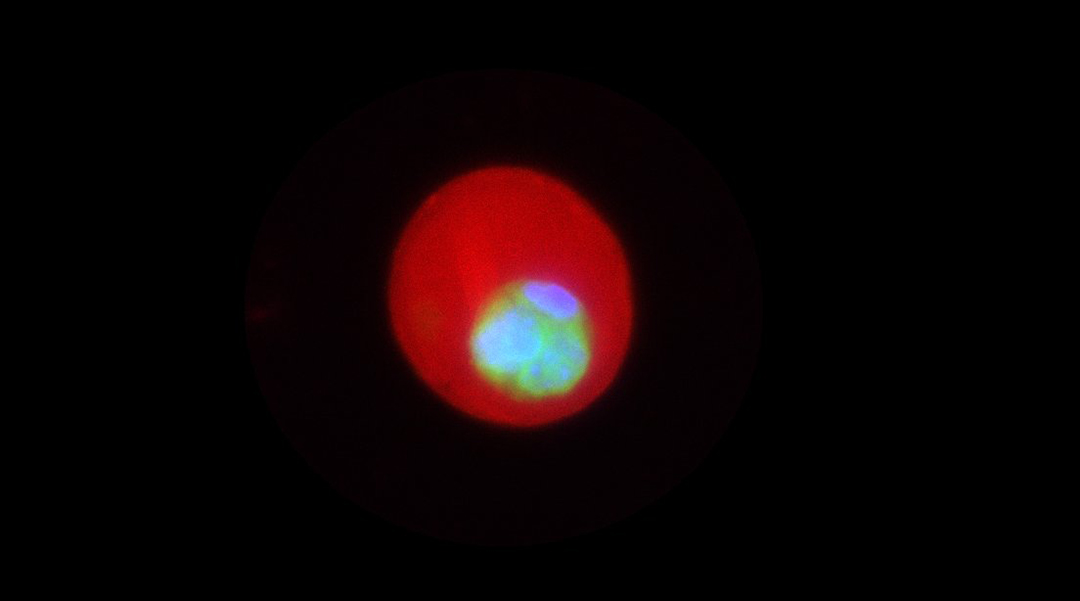
3D microgel device puts stem cells under pressure
A new 3D cell culture allows researchers to study how mechanical pressure influences stem cells for regenerative medicine and cell therapy.
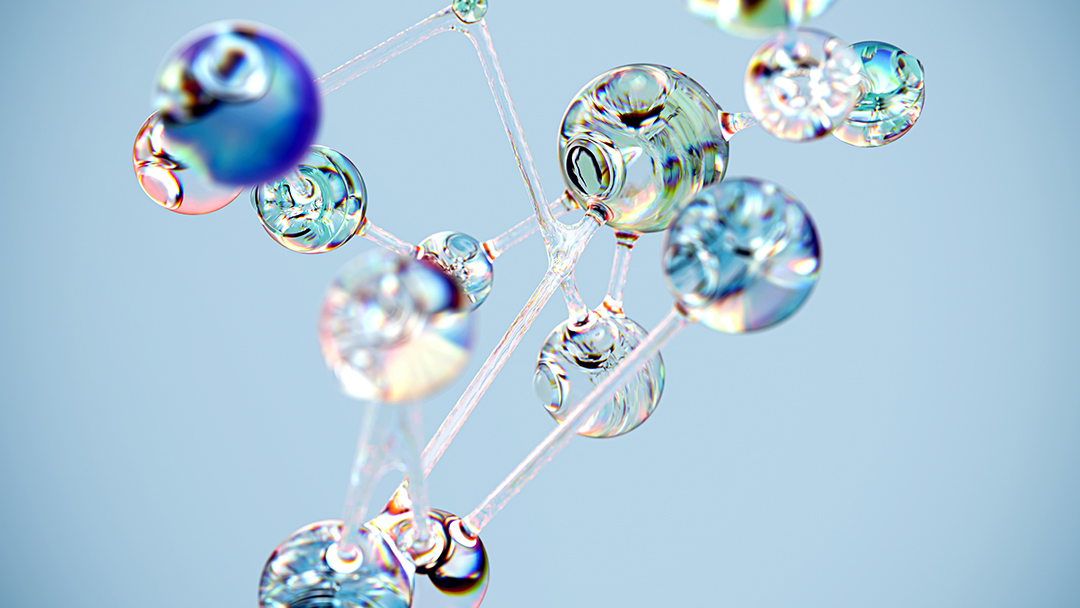
Computer system helps scientists understand how cancer could be reversed
BENEIN is a computer network that can identify the master regulators that cause normal cells to go cancerous.

Securing data with bright entangled photons
Secure data sharing methods using quantum key distribution via satellites promise advancements in long-distance quantum communication.
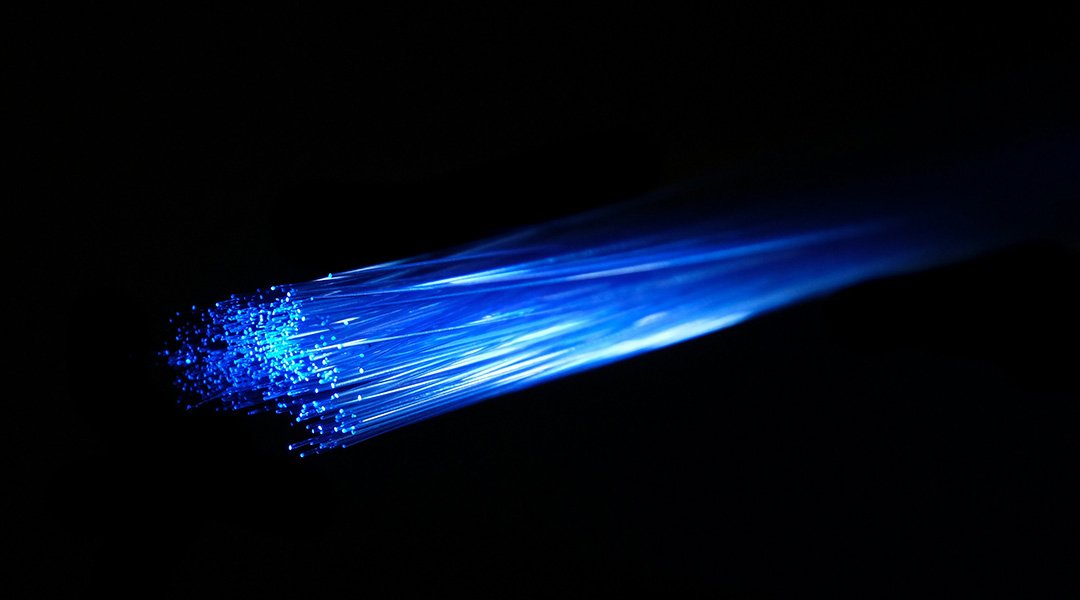
Quantum communication could be integrated into existing fiber optic networks, new study shows
Quantum communication doesn’t necessarily need to be delayed; it might be possible to integrate it into existing fiber optic networks.

Calculating the true environmental costs of AI
The rapid growth of AI brings hope of unprecedented advancements in many sectors but what is its real carbon footprint?
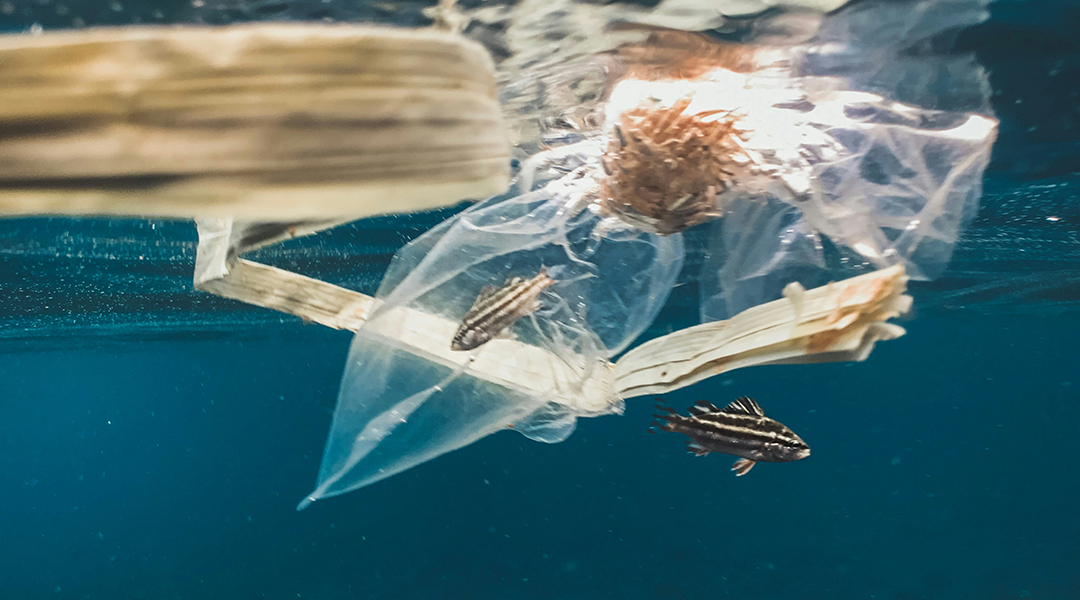
New plastic material fully degrades in the ocean
A new material designed to dissolve only in salt water could help us prevent the accumulation of microplastics in the seas.
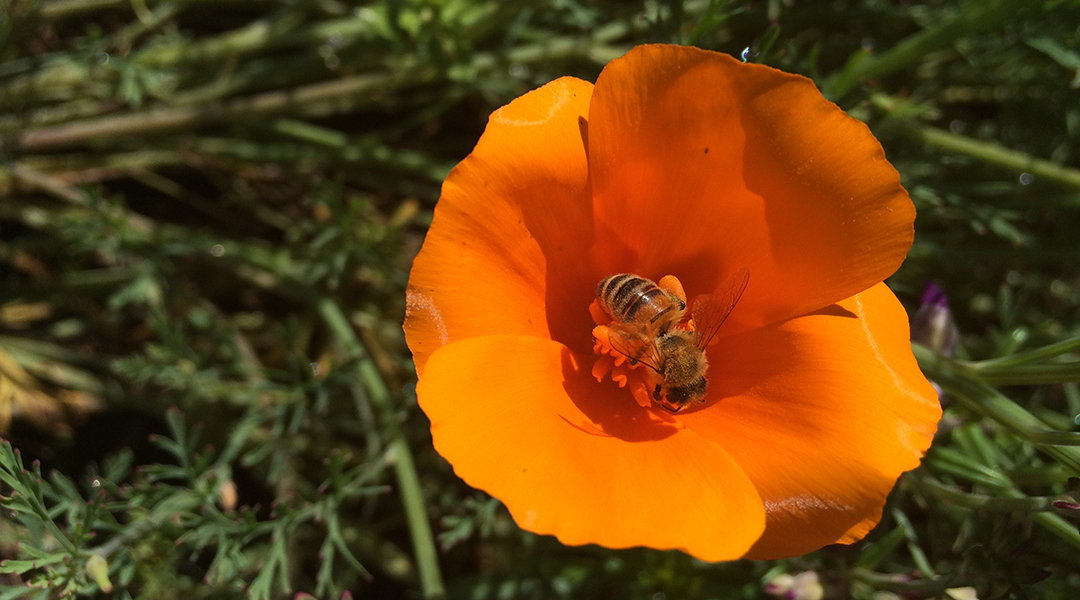
Honey bees boost crop pollination, but at a cost to wild bees
Honey bees compete with wild bees for resources in croplands, but nutritious wildflower plantings can mitigate these effects.

Turning banana peels and coconuts into clean energy
Researchers develop a device that generates clean energy from food waste, using banana peels and coconuts to power communities sustainably.

Scientists report airborne bacteria found in garbage may age our blood vessels
Pathogenic bioaerosols detected at household garbage collection sites may contribute to vascular aging with high chronic exposure.

Quantum communication could be integrated into existing fiber optic networks, new study shows
Quantum communication doesn’t necessarily need to be delayed; it might be possible to integrate it into existing fiber optic networks.
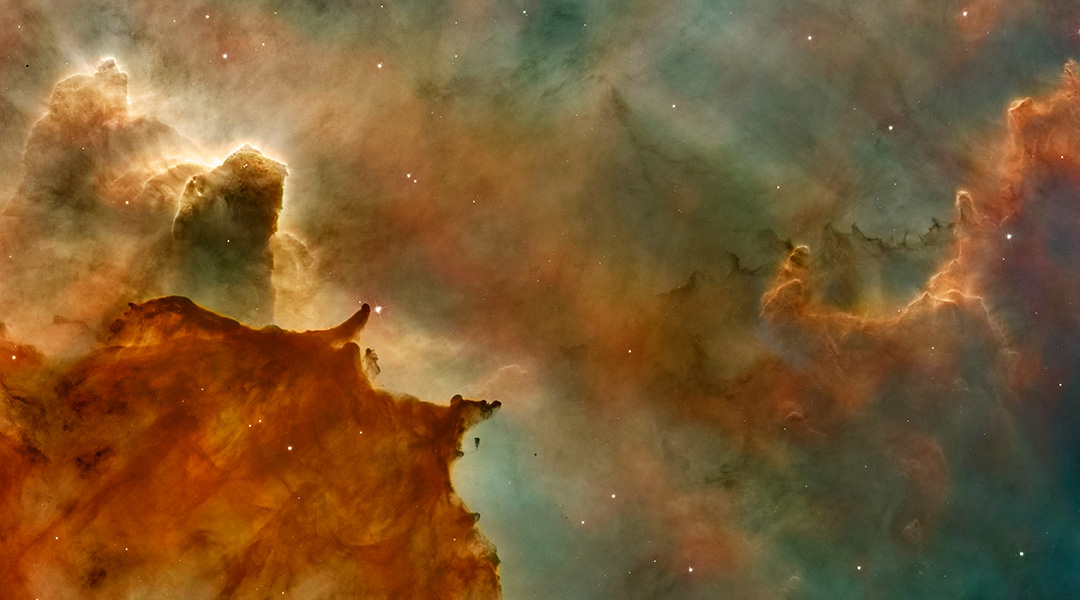
How gamma rays developed the chemical complexity of the cosmos
Researchers have built a better picture of how complex molecules developed in the early Universe before becoming essential for life.
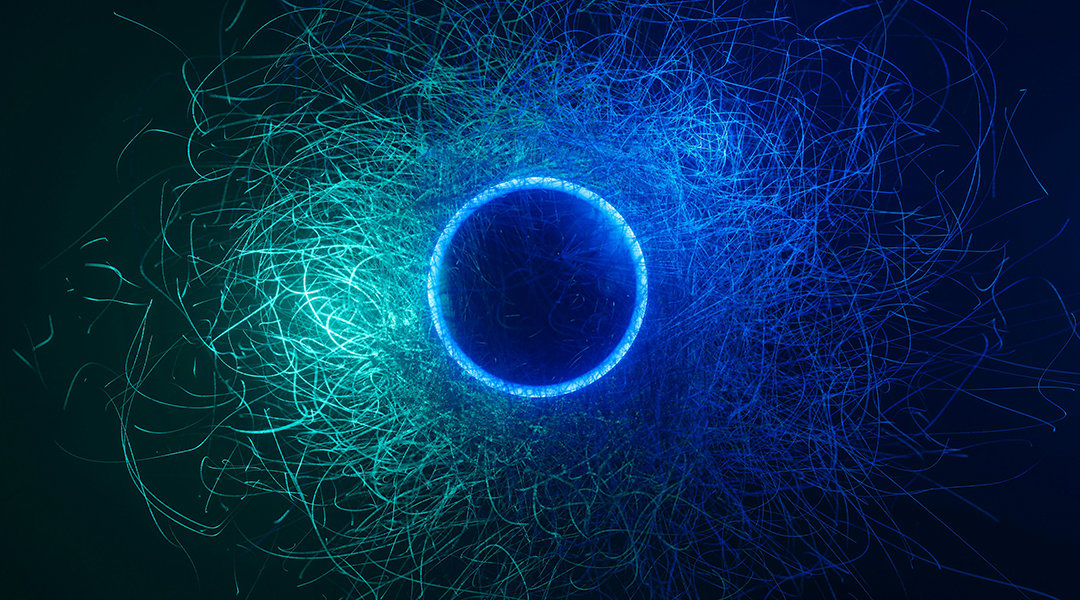
Researchers take a glimpse at the structure of rare tetraquarks
A new study explores tetraquarks, predicts new exotic particles, and offers deeper insights into their complex structure and behavior.

CERN scientists search for new physics in unusual energy patterns linked to hidden particles
Researchers at CERN’s Large Hadron Collider explore subtle energy signals to search for new physics beyond the Standard Model.



